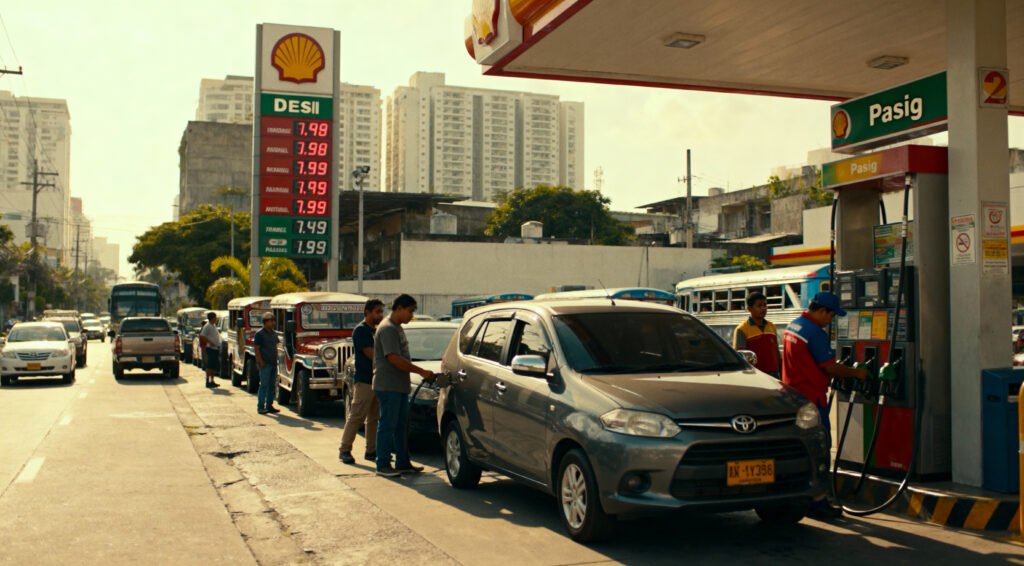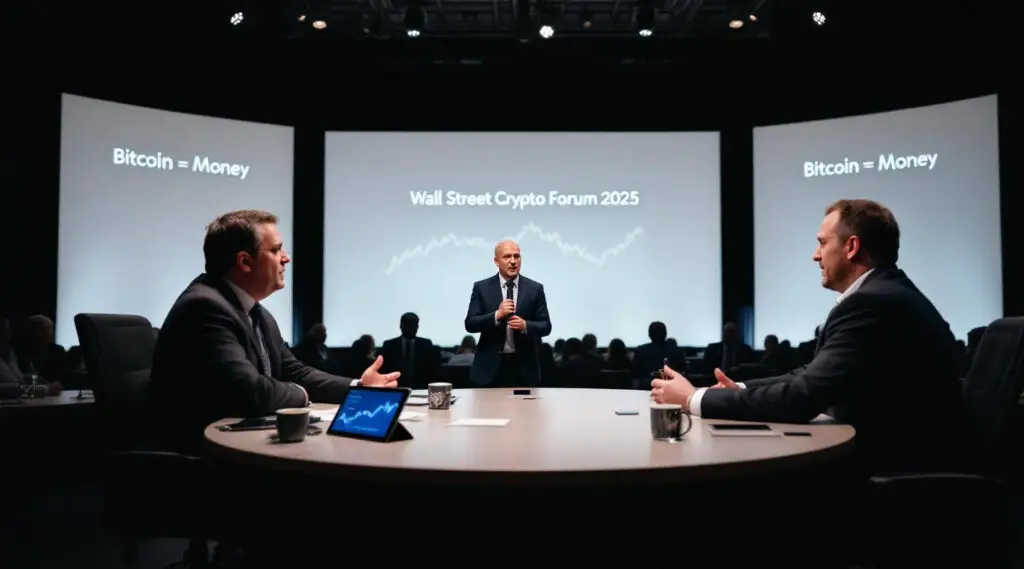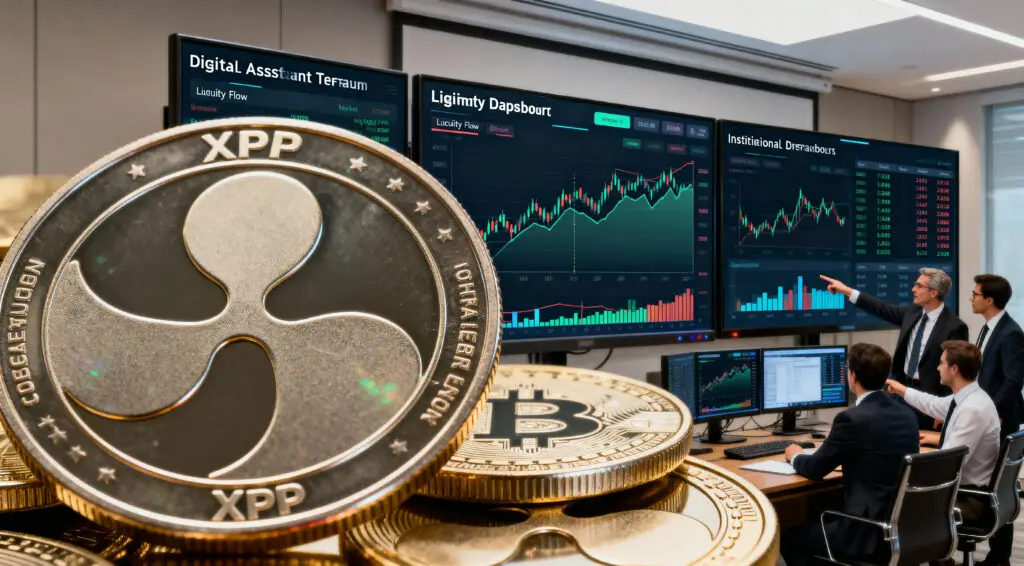Transport Prices Lead September Inflation Uptick
The Philippine Statistics Authority reported a 1.7 percent inflation rate in September, driven mainly by transport costs. After easing in August, fuel prices surged throughout September, pushing consumer prices upward. Diesel climbed by over five percent month-on-month, while gasoline posted smaller yet consistent increases.
Frequent fuel price hikes placed additional pressure on motorists and public transport operators. This trend highlights transportation’s continued impact on the country’s overall inflationary environment.
Diesel and Gasoline Costs Drive Price Surges
National Statistician Clare Dennis Mapa noted that diesel prices rose weekly across September. Gasoline costs fluctuated slightly but remained elevated compared to the previous month. The return of higher global oil prices has filtered through domestic markets, increasing operating costs.
These developments translated into higher fares and logistics expenses nationwide. Analysts warn that sustained fuel hikes could prolong inflationary pressures in the coming quarter.
Food Prices Add to Household Burden
Food and non-alcoholic beverages also saw a one percent increase in prices. Vegetables, particularly cabbage, chilis, and pumpkins, recorded the steepest jumps. Cabbage soared fifty-three percent, while chili and pumpkin prices climbed forty-two and thirty-three percent respectively. These spikes stem from recent storms that disrupted regional harvests and supply chains. The resulting shortages intensified market volatility, particularly in flood-affected provinces.
Recommended Article: UK Business Confidence Hits Record Low Amid Rising Costs
Rice Prices Show Gradual Stabilisation
Despite upward trends elsewhere, rice inflation continued to slow in September. Regular-milled rice dropped slightly to ₱40.23 per kilo from ₱40.43 the month prior. Well-milled rice remained steady near ₱46.50 per kilo, while special rice rose modestly.
This stability helped cushion food inflation despite broader agricultural challenges. Policymakers aim to sustain this progress through import adjustments and improved distribution channels.
Core Inflation Shows Underlying Price Pressures
Core inflation, excluding volatile food and energy items, stood at 2.6 percent for September. This measure reflects persistent demand-side pressures within the economy. Economists note that elevated transportation and input costs may spill over into other sectors.
Maintaining price stability will depend on effective coordination between fiscal and monetary agencies. The government’s goal remains keeping full-year inflation within the two to four percent range.
Government Response to Rising Costs
Department of Economy, Planning, and Development Secretary Arsenio Balisacan acknowledged inflation’s sensitivity to supply shocks. He emphasised ongoing coordination with agencies to stabilise food and fuel supplies.
Measures include improving logistics, reducing import bottlenecks, and monitoring profiteering risks. These interventions aim to keep essential goods affordable for vulnerable households. Balisacan reaffirmed the administration’s commitment to safeguarding consumer welfare amid external price pressures.
Outlook for the Final Quarter of 2025
Economists expect inflation to remain manageable if global oil markets stabilise. Seasonal demand and weather disturbances, however, may still influence short-term price fluctuations. Continued infrastructure upgrades and efficient transport systems could help curb logistics costs. Authorities will also monitor exchange rate movements affecting import-dependent commodities. With timely policy responses, the Philippines aims to balance growth and inflation stability heading into year-end.



















